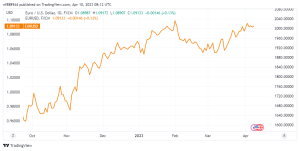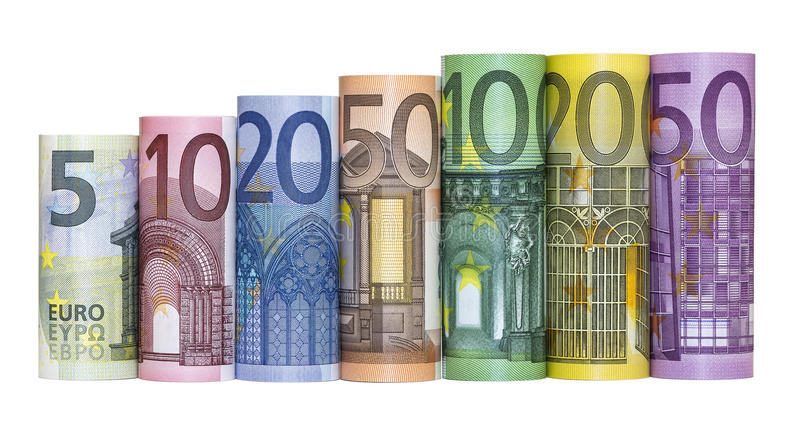The EURUSD pair begins the week on a sour note, oscillating in a narrow trading band around the 1.0700 round-figure mark throughout the Asian session. The US Dollar (USD) gains traction for the fourth consecutive day. As bets on additional Fed rate hikes revive, and turns out to be a key factor acting as a headwind for the major. Indeed, markets are now pricing in a 25-basis point increase at the next FOMC meeting in May. And the bets were boosted by the positive US monthly employment data released on Friday.
According to the closely watched NFP report, the US economy added 236K new jobs in March, exceeding market expectations for a reading of 236K. Furthermore, the unemployment rate fell to 3.5% from 3.6% the previous month. While average hourly earnings increased 0.3% during the reported month. Because of the tight labor market. The Fed may have to raise interest rates next month, putting a floor under US Treasury bond yields and lending some support to the Greenback.
Fed rate hike bets are reviving, underpinning the USD and acting as a headwind for the major.
Market participants, on the other hand, continue to believe that the Fed will cut rates in the second half of the year. And these expectations have been fueled by recent US macro data. Which has pointed to slowing economic growth. This, in turn, may prevent USD bulls from placing aggressive bets ahead of the FOMC meeting minutes. Which are due on Wednesday. This week’s US economic calendar also includes the release of the most recent consumer inflation figures and monthly retail sales data. Which if they fall short of consensus expectations, will rule out a Fed rate hike.
Meanwhile, growing acceptance of additional rate hikes by the European Central Bank (ECB) should continue to support the common currency and limit the EURUSD pair’s downside amid holiday-thinned liquidity. As a result, it will be prudent to wait for strong follow-through selling before preparing for a meaningful corrective slide from a two-month high reached last week.
EURUSD Technical Outlook
Technically, the post-NFP low, likely around 1.0875, is likely to protect the immediate downside ahead of the 1.0850-1.0845 zone. Any subsequent drop is more likely to attract new buyers and keep the market limited near 1.0800. The next relevant support is located near the 50-day Simple Moving Average (SMA), which is currently located near 1.0730.

The latter should serve as a solid foundation for the EURUSD pair, and if it is breached, technical selling may ensue. Spot prices could then become vulnerable, falling below the 1.0700 level and testing the 100-day SMA in the 1.0665 region.
On the other hand, an intraday move back above the 1.0920-1.0925 region may encounter some resistance near the 1.0950 level. Some follow-up purchasing should be possible.









